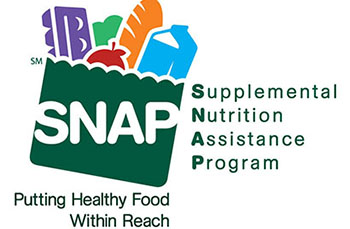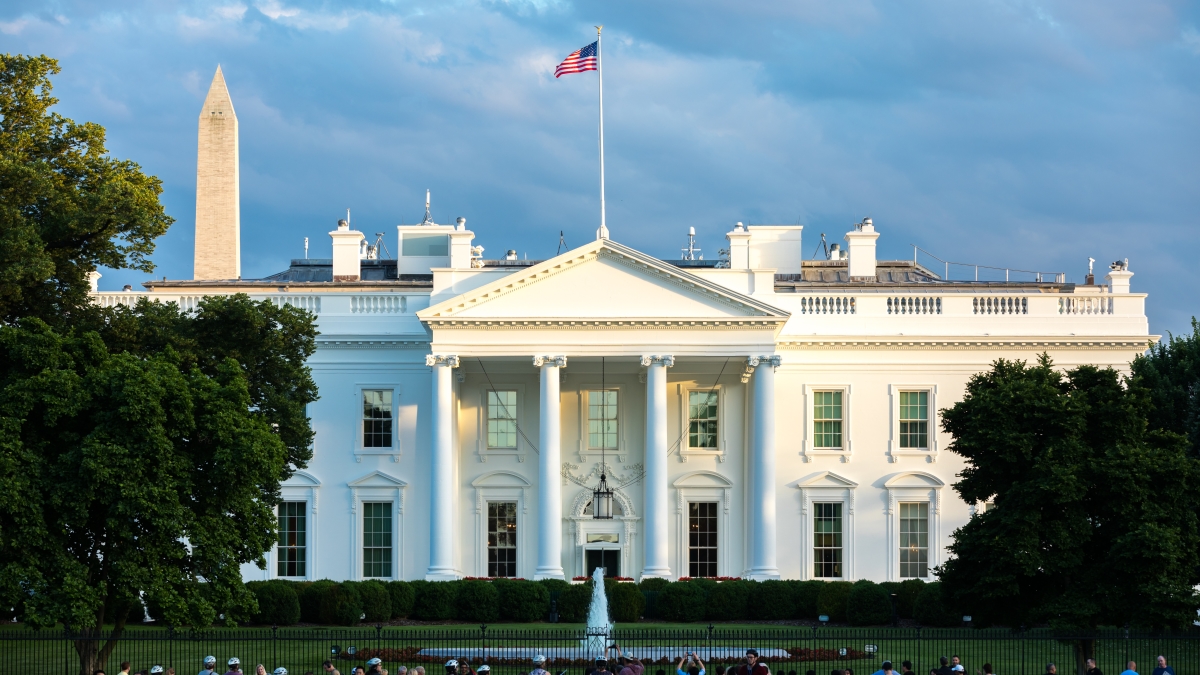By: Hannah Walker, Senior Director, Technology and Nutrition Policy, Food Marketing Institute
 In the wonky world of financial services and banking, we use acronyms almost as often as the DOD (Department of Defense, of course!). Whether we are talking about APR, ACH, CNP* or RTGS to the typical person on the street…we may sound just a little crazy.
In the wonky world of financial services and banking, we use acronyms almost as often as the DOD (Department of Defense, of course!). Whether we are talking about APR, ACH, CNP* or RTGS to the typical person on the street…we may sound just a little crazy.
I often find myself chatting with industry colleagues about how crucial it is for the Federal Reserve Bank (FED) to act on Real Time Gross Settlement (RTGS), or as I like to put it, “time’s a-wastin’.” All too frequently, I get glassy-eyed stares, half-smiles, and then the inevitable “what are RTGS?” in response.
So, what is RTGS?
It is a commonsense solution that the Federal Reserve Bank (FED) can implement to bring U.S. payments into the 21st century, in order to mirror what is happening in the global market. Instead of waiting days for a card transaction to settle, it would happen in real-time.
Why is RTGS so important?
From the retailer perspective, it would spur innovation, create certainty in payments, and free-up the billions of dollars in capital that’s fettered in transit while we wait days for a transaction to settle. For the consumers? RTGS’ promote real-time transparency into their actual credit charges, and eliminates the days of “pending” transactions that become added to their total card balances.
Why is FMI and so many others clamoring for the FED to move forward with its proposal to stand up a RTGS system here in the United States?
Last year, the Federal Reserve issued a request for comment on a proposal to establish a real time gross settlement system here in the United States. FMI enthusiastically submitted comments strongly supporting the FED moving forward with the proposal. We know a few, but loud voices in the payments system have raised objections to the proposal with the idea that this can and is being done in the private market.
This argument falls flat with retailers, consumers and just about everyone else in the payment’s ecosystem. The fact is, the U.S. is far behind the rest of the world in both innovation and speed in settlement. The FED has the reach needed to incorporate every financial institution, not just a select few into a nationwide RTGS system. By standing up a RTGS system that every financial institution in the U.S. has access to, the FED will actually spur competition and innovation in the payments space.
So, as I’ve said before, “time’s a-wastin’.” The FED needs to move forward with RTGS here in the U.S. You can view our comments on RTGS here.
*Annual percentage rate (APR), Automated Clearing House (ACH), Card Not Present (CNP)


 Industry Topics address your specific area of expertise with resources, reports, events and more.
Industry Topics address your specific area of expertise with resources, reports, events and more.
 Our Research covers consumer behavior and retail operation benchmarks so you can make informed business decisions.
Our Research covers consumer behavior and retail operation benchmarks so you can make informed business decisions.
 Events and Education including online and in-person help you advance your food retail career.
Events and Education including online and in-person help you advance your food retail career.
 Food Safety training, resources and guidance that help you create a company food safety culture.
Food Safety training, resources and guidance that help you create a company food safety culture.
 Government Affairs work — federal and state — on the latest food industry policy, regulatory and legislative issues.
Government Affairs work — federal and state — on the latest food industry policy, regulatory and legislative issues.
 Get Involved. From industry awards to newsletters and committees, these resources help you take advantage of your membership.
Get Involved. From industry awards to newsletters and committees, these resources help you take advantage of your membership.
 Best practices, guidance documents, infographics, signage and more for the food industry on the COVID-19 pandemic.
Best practices, guidance documents, infographics, signage and more for the food industry on the COVID-19 pandemic.
